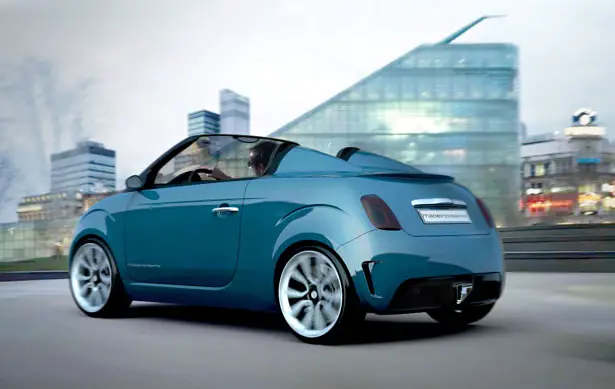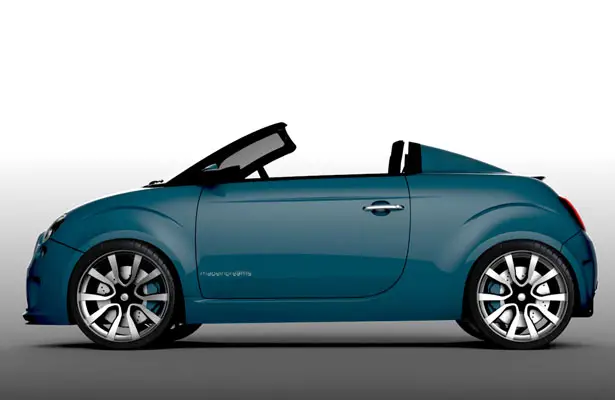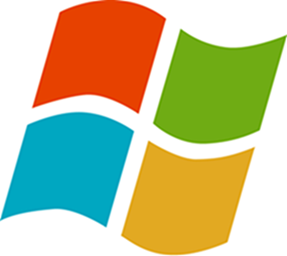
Whether you just graduated, are returning to school or are looking for a new job, within or outside your career, you need a resume. But not just a resume. You need a great resume. One which will stand out among the rest and help you land that job which you're hoping will make some positive impact on your life.
My first tip of advice before you even start is to not get lost in the resume, but remember what you're trying to accomplish. Not only does your resume reflect you, but it also attracts or repels certain kinds of employers. Obviously you want the good ones, and your resume can be that filter. That said, however, you always need to stand behind what is on your resume because ultimately you are what makes the difference in the interview and job.
Lastly, you might be thinking "Writing a resume has nothing to do with technology." Au contraire. It has everything to do with technology... unless you write yours with a feather pen on animal hide.
The Most Important Part Of The Resume
What would you consider the most important part of a resume? Your education? Skillset? Experience? Vast knowledge in a specific area? In my opinion, all of those are great, but none of them are the most important aspect of your resume. The most important part of your resume is your contact information. Think about it.If you were an employer looking through vast amounts, or even just a few resumes and you stumbled upon one that "wowed" you, but included no contact information, what would you think? What would you do? First off, a thought might occur that they aren't attentive to details enough to even remember to include it. Second, you might not have the time or even care to try to find their contact information. Perhaps it was even in an email signature or something and you have it somewhere, but you are likely to not put much effort if they can't even do that much.
Next, it's important where it goes. As tempting as it may be, don't place your contact information (or anything really) in the header or footer. The primary reason being that if you submit your resume online to a transposing database, the header and footer are likely to be missed in the scanning for key words and phases. This is because most just scan through the body of the resume.
A One Page Resume? Really?
There is a common thought out there that your resume shouldn't extend one page, unless you are something special. And sadly, students in high school and universities are learning this still. I cannot count the times I was told this in school, even college. In fact, my last semester before I graduated I was applying for a job and asked an instructor for her input on my already stellar resume (I thought so, anyways). This was one of the things she told me to do - only make it one page. But when looking at my resume, that was clearly unrealistic. I had far too many valuable experiences to just cut them out, even if they all weren't completely "relevant" to the job I was applying for - which I'll cover later.The answer to your question is "No. You don't have to make it one page." However, there are some guidelines to follow here:
- Don't add filler information, larger font or extra spaces just to make it two pages.
- Don't make the font too small and hard to read to make it fit to one or two pages.
- It should be equal. If it's two pages, make it a full two pages.
- If it spills just over one page, tweak your resume until it fits.
- Focus on content, not length. Once you have quality content, then make the size adjustments.
Create A Clean, Easy-To-Follow Layout
In some ways, this goes right along with how many pages you have. You definitely want to customize the layout to the number of pages that you have. There are a couple aspects in having an easy-to-follow resume. First, you must have a nice template. You don't want something busy or obnoxious. Something that makes it easy to find the information the interviewer is looking for. Another side, however, is less about the actual template and more about how you position your content.Be consistent. I can't emphasize this enough. If you do something one way in an area of your resume, do it that same way throughout the rest of it. If you change how something is positioned. If necessary, make that same change in all other areas of your resume. You want your resume to flow, not have your interviewer feel like they're in a chaotic abyss of words when reading your resume.
As far as choosing a template goes, there are tons of them. If you're using Word, Microsoft has several. The internet is full of ideas and there are even ways to use LinkedIn to create your resume for you. Although, I wouldn't necessarily condone only using that as your main resume, but it's a nice option. What I did was get an idea from a resume I saw and created one for myself, making custom tweaks here and there to my liking, while keeping the basic layout the same. It doesn't matter what template you choose, as long as it meets the requirements of being easily read.

Be Concise, But Thorough.

In high school, I felt as if they pushed your resume to summarize your professional life. And to an extent you want it to, but not too much to the point that you have dwindled down every skill and experience. In fact, many of the cliched phrases and sayings for resumes are derived from this very principle of "minimalism." Again, you want to be concise, and certainly not redundant, but you need to make sure that you are also explaining who you are, what you've done,and maybe even why you have done it.
Impress, But Be Honest

In the image blow you can see I chose the word "assisted." There are a lot more powerful words that sound better, but essentially that is all I did and it wouldn't be right to set a bar higher than what my skill level depicts. Also, the majority of the time, being honest will impress.

Forget References

However, depending on the situation, they do sometimes ask for references at the same time of the resume (or sometimes, you just know they're going to want them right away). In these situations, I do include three references which are the most relevant to the job I'm applying for. I have a separate resume created with my references already in it so all I need to do is swap out any references, if I so desire, change their contact information and send it away.
That is an exception though. For the general resume that you might hand out and certainly for any public resume of yours which you post to the internet, leave out the references. If the employers like what they see, they'll contact you for more. It also gives them a reason to contact you for more, and indirectly tells you they're interested. The more contact you have with them the better so you don't want to give them everything they want right away, unless of course they directly ask for it.
Grammar, Grammar, Grammar
Grammar. I can't emphasize it enough. I've said it four times and I still don't feel that you quite understand what I'm getting at. Alright, so I'll assume that you do. Honestly though, this is one of the most important aspects of your resume. I'd almost say it's right below remembering to add and having proper placement of contact information. If you don't have an outstanding skillset expressed on your resume, but have flawless grammar, you're already above average. It doesn't just show that you know how to make a resume, but that you pay attention to detail. Detail that also will be expected on the job, no matter what you do. If you have trouble with this, don't just do it on your resume, practice it in every day life so that when you do get a job, you don't disappoint.As you can see, even I mess up grammar occasionally. Although it doesn't happen often.

One Resume Doesn't Fit All
I've already mentioned this briefly when referring to having multiple resumes, one with and one without references. However, it doesn't stop there. I highly recommend you tweak your resume per job. Slightly adjust your objective to match what you are expecting from that job and what they are looking for. Add any skills that you have that may be more relevant to the job. Just adjust the overall focus of your resume to that company. It should also relate to the cover letter you write to them and include many of the same things.Since graduating, I've applied at several places which are very different. Not all of the places were paying, some volunteer, like zoos, but many still requested a resume. From an avian sanctuary to two zoos to several vet clinics, my resume had a lot of tweaks. Had I not created multiple versions, I would have been in a mess and would have been constantly changing and editing what I wanted that particular organization to see.

Manage Your Resumes
After creating resume after resume, you will soon realize that they need to be managed some how. If you're somewhat unfamiliar with file management in general, I encourage you to read my article about that. In that article I talk about naming your files according to what is included in them and also dating them. This is especially important with resumes. It's nice to know what resume is for what job. For instance, I have a resume for a vet assistant position, a zoo keeper position and for working at an avian sanctuary. Plus, I have my general resume. It would be impossible to keep all of these straight it they didn't have a proper description.Along with describing, dating the file name is also important. Not just when you initially created it, but as you update it, change the name to when you last updated it. For me, I just go by month and don't really need to get more specific than that. This has proven very helpful because I might have forgotten about adding something recent to my resume, but will be reminded when I see it hasn't been updated for two months.
Lastly, put all your resumes in one folder. If you want to access these from other places, online cloud backup and sync applications like SugarSync and Dropbox are excellent solutions. It also is in your benefit to use such programs since they have file versioning and live updating to automatically detect and save any changes you make.
Tell A Story

Conclusion - It's Only The Beginning
So you've finished your resume. Congrats! Now I'm going to tell you that your resume is an ever growing, ever changing, live document. It will never be finished. For now, you are content with it. But soon you will think of something else to add or do something else that should be put on there. This is fine and you shouldn't get discouraged about the never ending resume work. In fact, be proud that yours doesn't sit around outdated.Your resume is just the first part of your presentation. Like I said in the beginning, you are what makes a difference. Be sure that you can back up everything on your resume, and if in doubt, allow a little leeway to go beyond what you wrote in your resume. If you don't agree with something here, I am more than willing to hear your argument and embrace different viewpoints.
Have you developed a resume based off these guidelines already? How has this article helped you in creating your newly refined resume? If you haven't created a resume yet, are there any additional questions I can help with?






























